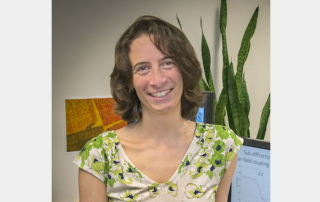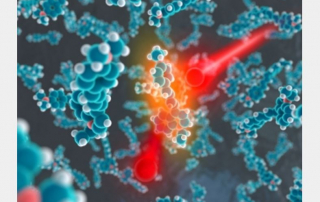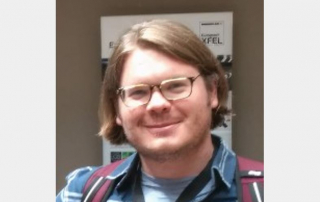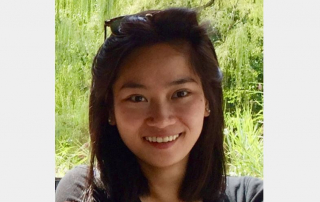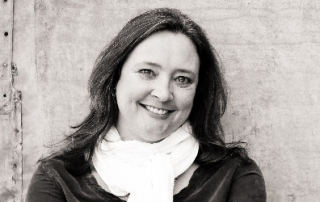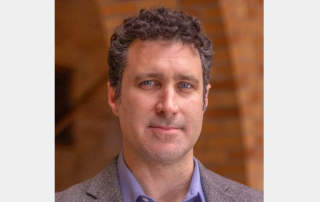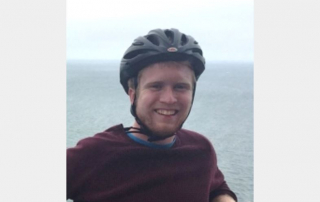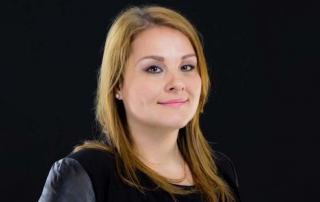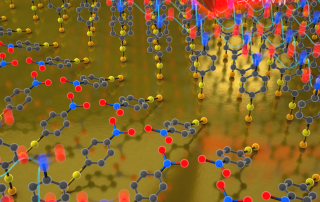Congratulations to Naomi Ginsberg for Receiving the Carol D. Soc Distinguished Graduate Student Mentoring Award for Later-Career Faculty
The Carol D. Soc Distinguished Graduate Student Mentoring Awards are administered by the Graduate Division in collaboration with the Graduate Council of the Academic Senate, funded by a generous bequest from the estate of Carol Soc, a former employee of the Graduate Division. The mentoring awards were a part of the Sarlo Awards Teaching for Excellence program, established in 1997 to honor outstanding faculty at outstanding Northern California colleges and Universities.
